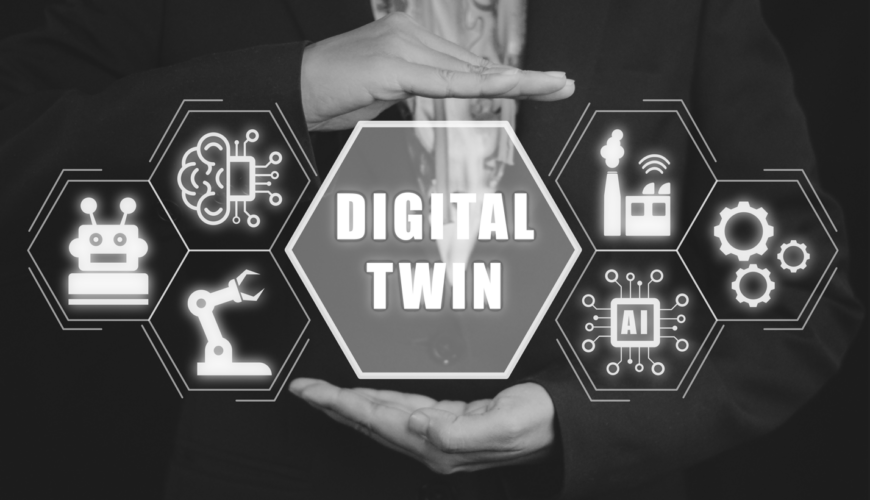What are digital twins and how can they make the supply chain more efficient? As the supply chain becomes ever more digitized and automated, companies are learning the value of digital twins—a twist on the concept of “try before you buy” scenarios. While you aren’t actually trying before buying, you are trying before implementation of various tools and technology, which can be a big cost saver in the long run. How does it work in the supply chain?
A digital twin is a data-driven model that demonstrates how a real supply chain might function given a variety of factors and circumstances. By capturing data, a digital twin provides a simulated model of the supply chain, from sourcing to production, manufacturing, distribution and logistics. You end up with a single, seamless data model from which to run “what if” scenarios and provide visibility into operational complexities.
Here are the biggest benefits of using digital twins:
If you’re looking to optimize your supply chain, running simulations with a digital twin is a good step in the right direction. You can test out production schedules, inventory levels, transportation routing, and demand forecasting. Put together and you can define your most efficient and optimal methods for operation.
Digital twins can also provide a window into the state of your physical assets. By monitoring the digital twin, you’ll learn to predict failure and hopefully identify what you need to do for maintenance. You’ll ideally avoid costly downtime and interrupted operations.
Another place to put digital twins to use is real-time visibility across your entire supply chain. This includes the production process, warehouse, transportation and inventory levels. By identifying potential bottlenecks and inefficiencies in your supply chain, you can enable interventions and mitigate risks and improve performance.
You can also put digital twins to use for risk management. When you can simulate disruptions and their impact, you can prepare for supplier failures and delays, demand fluctuations and natural disasters—which occur at increasingly higher rates these days. Alongside that benefit, digital twins can provide lifecycle management of your various products. Your twin can track them from raw materials to finished goods, allowing you to monitor quality, traceability and compliance.
When working collaboratively with partners, digital twins also serve a purpose. With a model in hand, both partners have data and results on which they can agree. You can provide a shared platform, and everyone can align activities, leading to optimized inventory and production schedules.
Finally, with sustainability at the forefront for most companies today, a digital twin will allow you to model your environmental impact. With vision into your operations, sourcing, and transportation, you can develop strategies to reduce waste, achieve ESG goals, and make an overall drop in your carbon footprint.
Several global companies across a variety of sectors have already successfully adopted digital twins across their supply chains and serve as the ideal model. These companies have run countless simulations with a wide range of variables, improving profit margins and significantly reducing costs. Digital twins are one of the emerging tools that will shape the future of supply chains.


